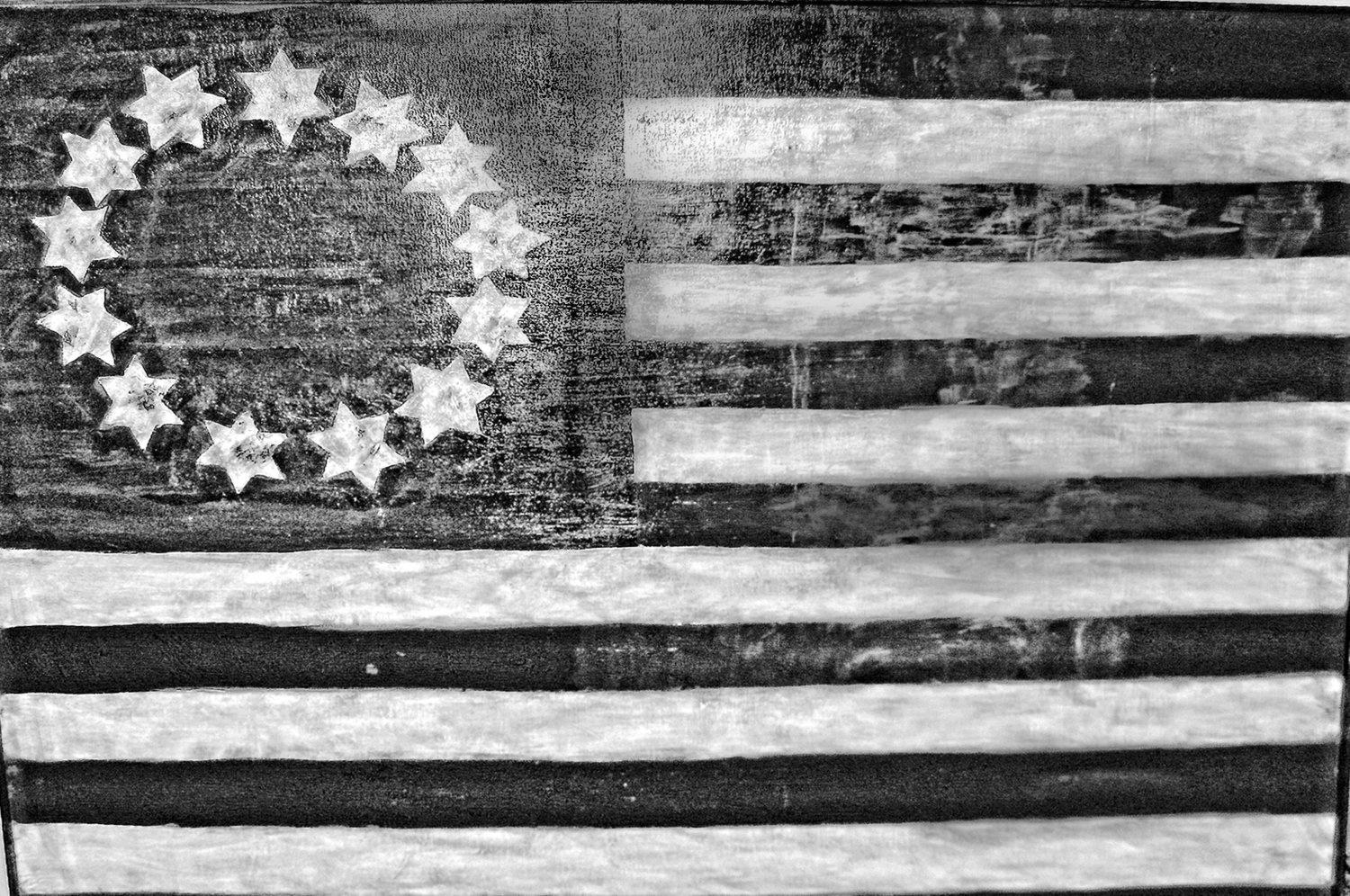Accidental wonders in our own backyard
My neighbor Amy, who two decades ago purchased the house where my grandparents and aunts and uncles had dwelt, is a great hostess in all seasons, even mid-winter. She has a tree, a Norway maple, that provides branches like logs. She puts it into a very wide pot to create a warm center where neighbors can gather in winter, or under its cool shadow during the hotter months.
Well, who planted that immense, but friendly, amiable, giant? Nobody! I asked Amy if it had been her idea two decades ago. “No, I think it’s just a weed!” she replied with good humor.
I have a little signpost that reads “weed sanctuary” – half whimsically, but half quite sincerely. It’s almost my faith, my credo ... always was, since grammar school days. I go in for surprises rather than purposeful designs.
I sip my daily coffee as a break between classes. I am welcomed by a couple who put out a small cup in a color that matches the hat or jacket I happen to be wearing. The cup comes with a saucer, so I can place it with a pleasant clink upon the window table beside the fire and underneath a painting done by “Jens,” who is the proprietor, along with his wife Marie.
In this Swedish theme café, Jens hung this painting of the American flag, with its stars and stripes. A Jewish customer who frequents this charming spot at the corner of Steeple, Thomas and Main streets in Providence told Jens that the stars were six-pointed, not five. She explained that the six-pointed star of David was a symbol of Hebrew history, not that of the U.S.A.
So, he claimed he could, and would, change the design.
“No,” I urged. “There is such a thing as accidental poetry. Maybe most art holds surprises, accidents that hold some sort of sacred meaning.”
I went on to explain that America was a haven for diverse groups of Jewish immigrants, from Christopher Columbus’ crew escaping from the Spanish Inquisition all the way to European Jews fleeing the Nazi purge and mass murder – although for others it was simply the common dream of opportunity.
So I snapped a shot of this unusual depiction of our national banner. And I also snapped the picture of the tree in Amy’s hospitable backyard. We don’t celebrate Valentine’s Day, but we do salute Tu B’Shevat in this month of Shevat to thank our lucky stars for freedom, and for the forest, whatever’s left of it, and for the continent and hemisphere of our liberties, for which we must be collectively grateful and cognizant.
Off the coast of Bristol, there is a group of islands named for spiritual and moral virtues, or at least states of mind. You see “Patience” and then “Prudence,” and from there you may paddle your raft across to the isle of green trees labeled “Hope.” Be careful of its smaller neighbor, “Despair,” which houses gulls and cormorants and perhaps some moss or a few weeds. If the moon is full and the tide is high, it will vanish, posing problems, serious dangers, for your dinghy or kayak.
“Hatikvah” means hope. Despair says, “Oy vey iz mir!” while hope spells the aliyah and the anthem of the Promised Land.
The explorers who crossed the oceans to get here actually believed that these colonies were Canaan and its towns were Jerusalem, at first perhaps literally and later metaphorically.
I’m beginning to think that travel to escape the ills and chills of our climate isn’t as marvelous as merely exploring our Bay and our byways … especially in the month of Tu B’Shevat.
MIKE FINK (mfink33@aol.com) teaches at the Rhode Island School of Design.








